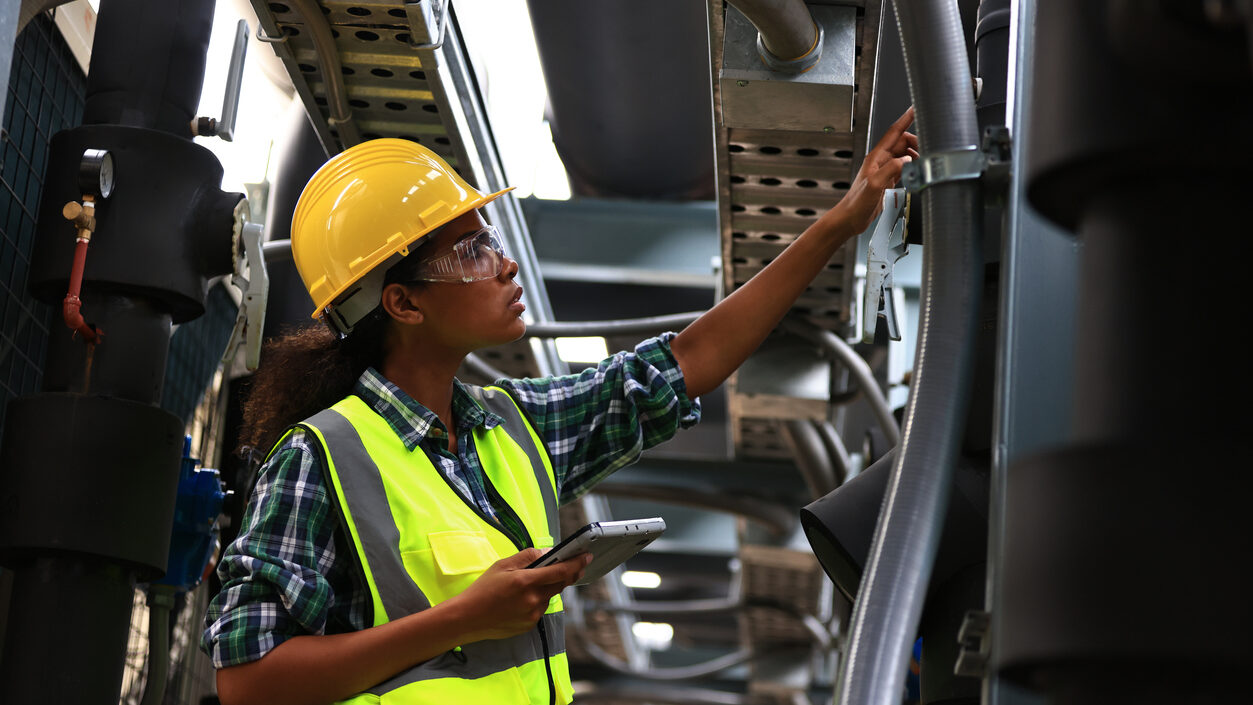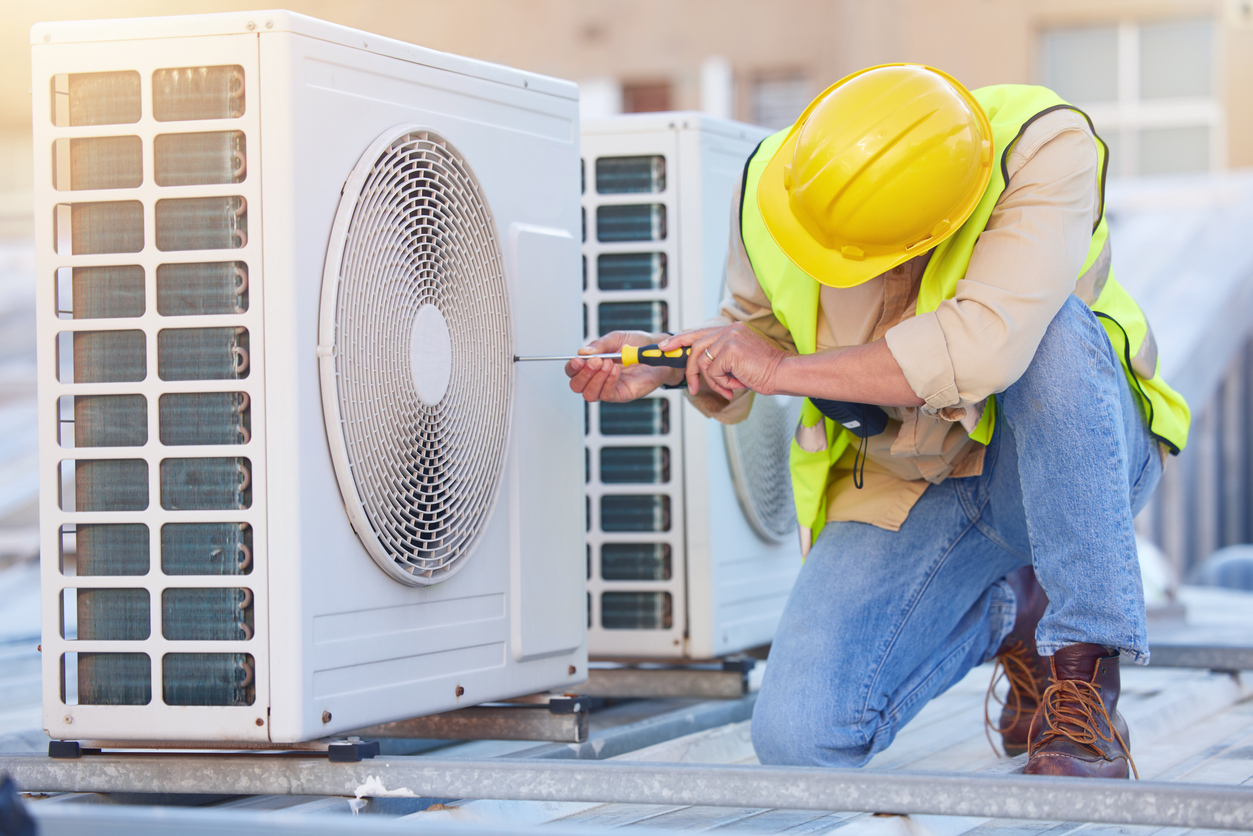With 40% of HVACR technicians set to retire, the industry faces a daunting question: can technology and training bridge the gap before the sector falters? This isn’t a hypothetical challenge—it’s an imminent crisis threatening the critical infrastructure that keeps our buildings comfortable, safe, and operational.
The HVACR Industry at a Crossroads
The HVACR sector is at a pivotal juncture. With experienced technicians retiring en masse and fewer young professionals entering the field, a skills shortage looms large. From commercial skyscrapers to residential complexes, demand for HVACR expertise has never been higher, yet the pipeline of new talent struggles to keep pace.
The Growing Workforce Crisis
The numbers tell a stark story. The U.S. Bureau of Labor Statistics estimates the HVACR industry must add 40,000 new technicians annually to meet growing demand. Meanwhile, women—a demographic that currently makes up only 2-3% of HVACR technicians—represent a largely untapped resource to address this shortfall.
Several factors are compounding the crisis:
- An aging workforce: Many seasoned technicians are nearing retirement.
- Declining interest in trades: Younger generations are less inclined to pursue trade careers.
- Rapid technological change: Evolving systems demand increasingly sophisticated technical skills.
- Competitive job markets: Other industries often lure potential talent with more attractive career prospects.
Technology as a Force Multiplier
Amid the challenges, technology is emerging as a powerful ally. Innovative tools and platforms are helping the HVACR workforce do more with less, extending capabilities and reducing the learning curve for new technicians.
- AI-driven diagnostics: Real-time troubleshooting tools guide less experienced technicians in resolving complex issues.
- Virtual and augmented reality training: Immersive platforms provide hands-on learning experiences in a controlled, risk-free environment.
- Continuous learning systems: Organizations like the Refrigeration Service Engineers Society (RSES) and Plumbing-Heating-Cooling Contractors (PHCC) Academy are deploying digital platforms that offer:
- Interactive online certification courses
- Virtual simulations for real-world problem-solving
- Access to updated technical resources
- Networking opportunities for emerging professionals
By harnessing these technologies, the HVACR sector can train and upskill new technicians faster and more effectively than ever before.
Reimagining Recruitment and Retention
Addressing the skills gap requires innovative strategies to attract and retain talent. Successful approaches include:
- Early engagement: Partnering with high schools and community colleges to highlight HVACR as a technology-driven, purpose-filled career.
- Sustainability messaging: Emphasizing the industry’s pivotal role in climate solutions.
- Diversity initiatives: Creating targeted programs to attract women and minorities into the trades.
- Competitive offerings: Providing clear career paths, mentorship, and competitive compensation to make HVACR careers more appealing.

Diversity: An Untapped Resource
Diversity is key to unlocking new potential within the industry. Programs like Women in HVACR are breaking down barriers, creating more inclusive pathways into the field. These initiatives not only address workforce shortages but also bring fresh perspectives and talents to an industry traditionally dominated by one demographic.
Success Stories in Workforce Development
Case studies demonstrate how comprehensive workforce development strategies can yield impressive results. One national HVACR company implemented an apprenticeship program featuring:
- Paid on-the-job training
- Fully subsidized technical education
- Mentorship from seasoned technicians
- Clear career progression opportunities
The outcome? A 60% increase in technician retention and a robust pipeline of skilled professionals.
The Way Forward
The HVACR industry’s future lies in a collaborative approach that combines technology, education, and strategic partnerships. Key steps include:
- Investing in advanced training technologies to equip workers with cutting-edge skills.
- Partnering with educational institutions to build awareness and recruit talent early.
- Creating clear, appealing career pathways that showcase the potential for growth and success in the industry.
- Embracing diversity and inclusion to broaden the talent pool.
- Leveraging AI and digital tools to support learning and enhance on-the-job performance.
Conclusion
The HVACR skills gap isn’t just a challenge—it’s an opportunity to reshape the industry. By embracing technology, rethinking training strategies, and committing to diversity, the sector can build a workforce that’s ready to meet the demands of modern climate control and sustainability.
The technicians of tomorrow won’t just fix equipment—they’ll be technological innovators, sustainability leaders, and critical players in maintaining the infrastructure that powers our world. With the right investments today, the HVACR industry can ensure a brighter, more resilient future.

